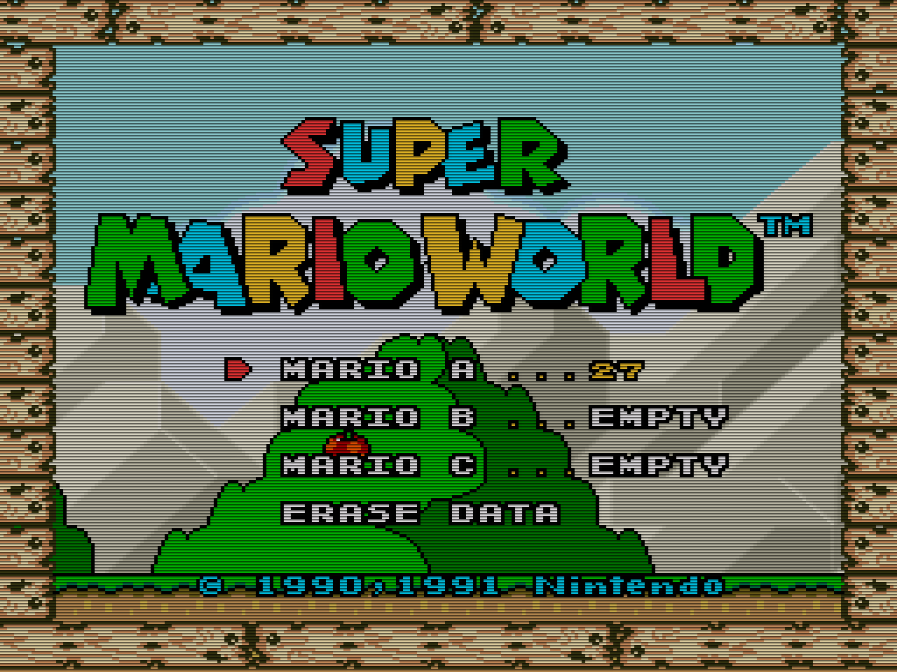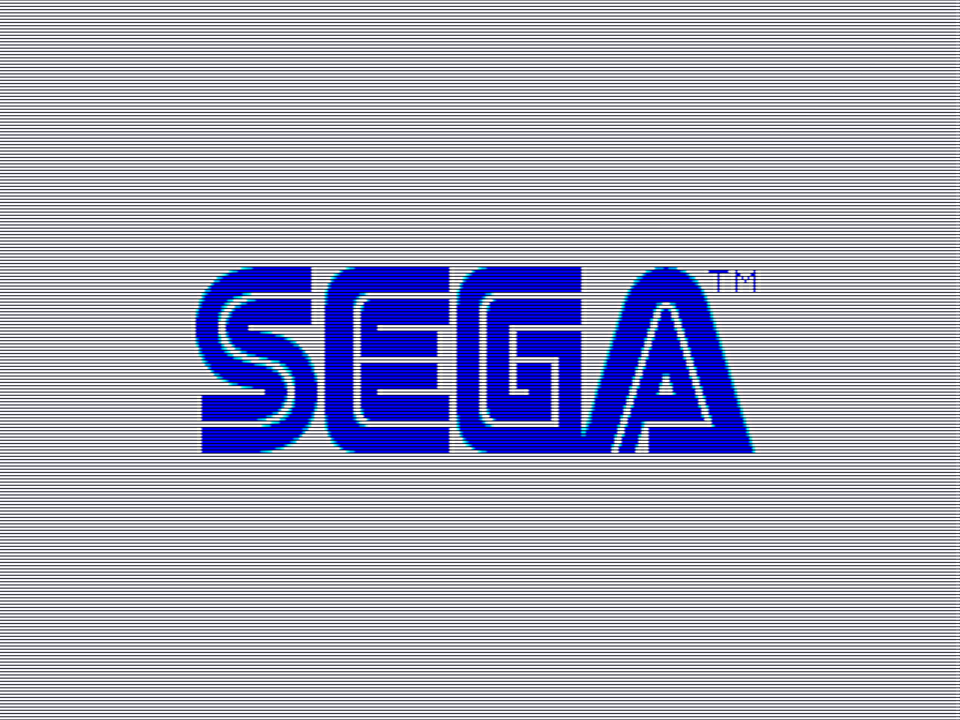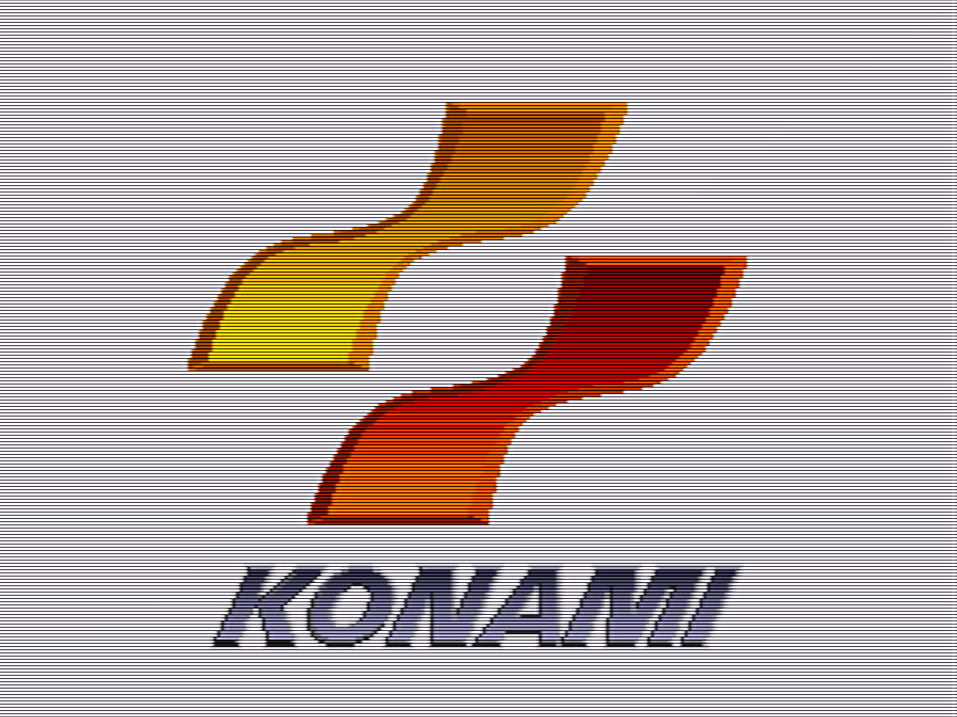[QUOTE=hunterk;21962]You could probably just mess with the scanline overlay(s) to get it to line up properly. Having a separate one for each system is no big deal.
Interlacing.cg would work, except that it only works at even (i.e., 2x, 4x, 6x, etc.) scale factors. Odd scale factors look pretty crazy with it, unfortunately.[/QUOTE]
I’m starting to think this is a rendering bug with the SNES and Genesis cores in RA- I notice the same problem with caligari, it’s just less pronounced because the scanlines are lighter than in hyllian.
I can get the overlay to line up right with the pixels- sort of- if I increase the scale to 1.07. But this results in an even worse moire effect.
What stumps me is that NES looks perfect- look at the screenshot of SMB. I can get the scanline overlay to line up perfectly at scale 1.00 and there is no moire effect when using hyllian or caligari shaders. This suggests to me that this isn’t a hardware problem but is software related, i.e., something to do with how RA is handling integer scaling for the SNES and Genesis cores.
EDIT: The plot thickens - I managed to get both the scanline overlay to align properly at scale 1.00 and get rid of the moire with CRT-Hyllian on the SNES core with the following settings:
-video output: 1080p
-retroarch resolution 960x720
-integer scale on
-crop overscan ON
The key here seems to be crop overscan. Everything worked like a charm (on SNES) when I turned it on, although now I have letterboxing. As a temporary fix, I just zoom the picture using my TV remote.
The problem appears to be with something crop overscan is doing.
Regrettably, the above settings did nothing to address the problem with the Genesis core.
Conclusion: Crop overscan is broken(?) Enabling it fixed the scaling/moire problem on SNES (albeit with letterboxing) but doesn’t do anything with Genesis. Meanwhile, NES works perfectly with or without it.
Here are some shots of SNES with the above settings. The first shows the Konami logo with the crt-hyllian shader enabled, while the second is a shot of the SMW title screen with the scanline overlay, both displayed perfectly.


I’ve been encountering similar issues with the doom core; I can’t get the scanline overlay to align properly and there is moire with scanline shaders. No combination of settings I’ve tried seems to work. I can get the overlay to align if I use the above settings but then the image is pillarboxed and letterboxed into a small window. For now, I’ve been stretching the image so that it fills the normal 4:3 area using my TV remote :P. It’s silly, but I can’t find anything else that works.
The quake core is an example of a core that works fine out of the box (like NES). I didn’t have to do anything but plop the scanline overlay down, or a shader, and everything looks perfect.

 the cg shader was all neatly commented so you could easily adjust the parameters but I can’t even begin to understand the glsl file.
the cg shader was all neatly commented so you could easily adjust the parameters but I can’t even begin to understand the glsl file.




